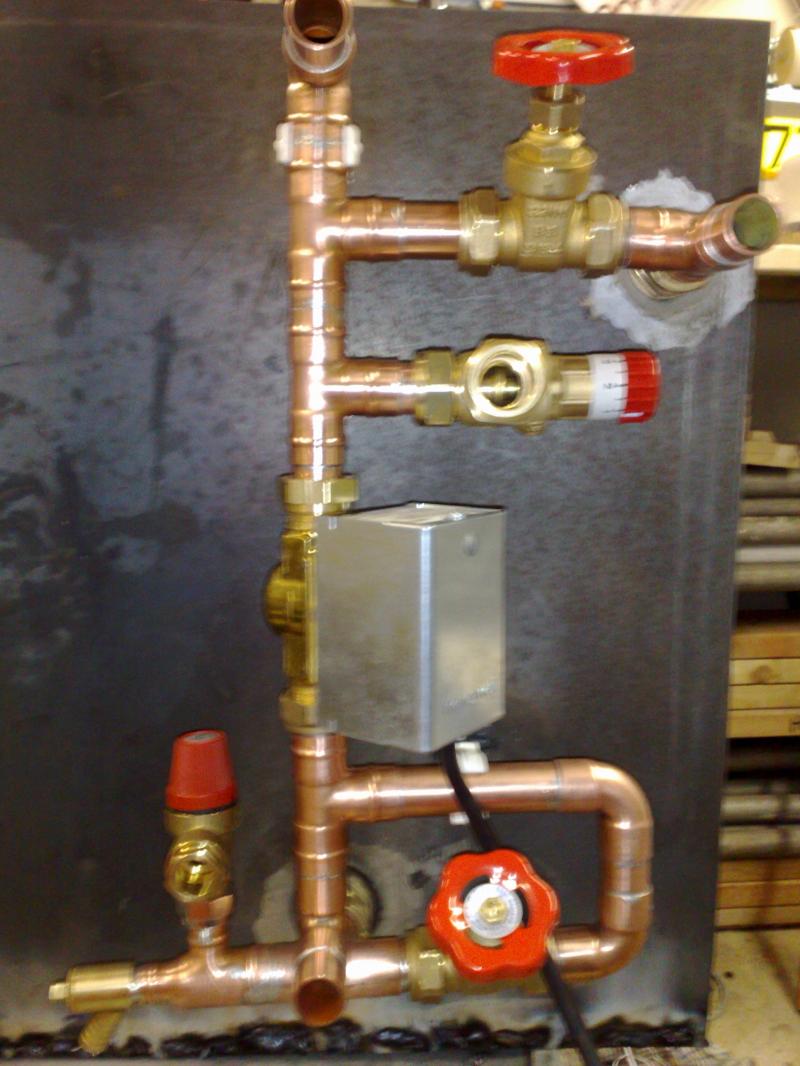T
toasty
Chaps,
I know you need an unvented ticket/qualification to install unvented/mains pressure hotwater cylinders (megaflow, santon etc...)
I also know that you DON'T need an unvented ticket to install a sealed central heating system (i.e no expansion tank, just a expansion vessel)
What about a sealed heat/thermal store system, do you need a ticket for that? (i.e one with a vessel and not an expansion tank)
Thanks in advance.
-Dan
I know you need an unvented ticket/qualification to install unvented/mains pressure hotwater cylinders (megaflow, santon etc...)
I also know that you DON'T need an unvented ticket to install a sealed central heating system (i.e no expansion tank, just a expansion vessel)
What about a sealed heat/thermal store system, do you need a ticket for that? (i.e one with a vessel and not an expansion tank)
Thanks in advance.
-Dan


